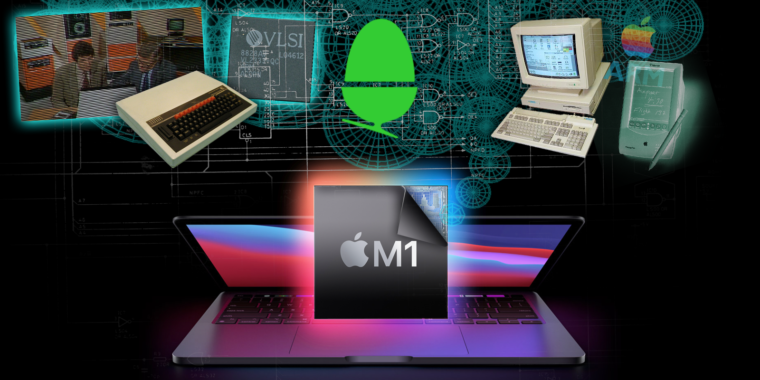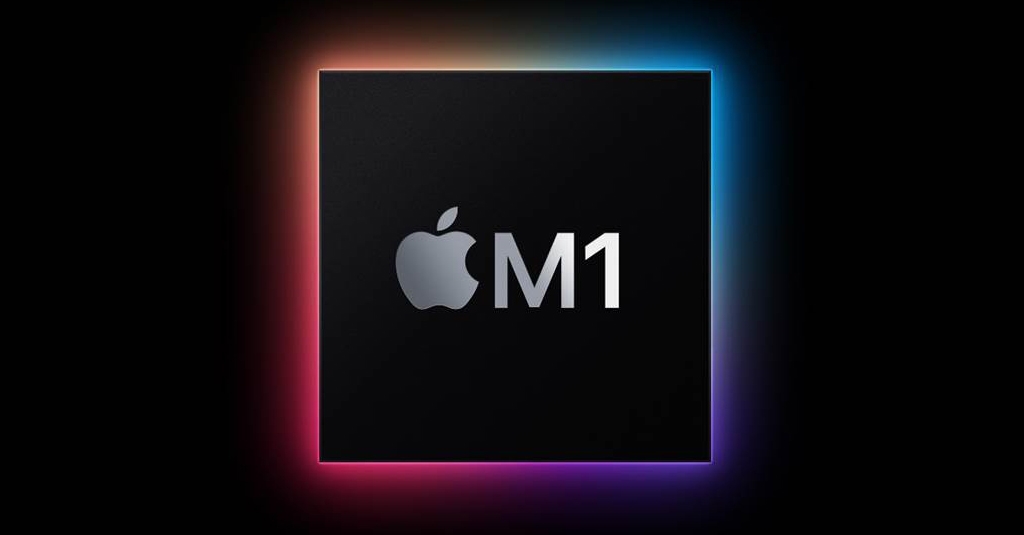pastrychef
Moderator
- Joined
- May 29, 2013
- Messages
- 19,458
- Motherboard
- Mac Studio - Mac13,1
- CPU
- M1 Max
- Graphics
- 32 Core
- Mac
- Classic Mac
- Mobile Phone
It looks like Intel may eventually stop Apple from including Rosetta 2 in "certain regions" due to legal restraints. If so this will solve much of the NVMe SSD wear issues. No Rosetta 2 means no x86 based apps can run in emulation on the new M1 Macs. Intel is no longer "playing nice" with Apple since the big breakup.

Apple may disable Rosetta 2 on M1 Macs in some regions, macOS 11.3 code suggests - 9to5Mac
Just like the original Rosetta technology, Rosetta 2 lets users run macOS apps from one platform on another — this...9to5mac.com
Intel really seems to be running scared. They've gone as far as to hire Justin Long (I'm a Mac) to do a bunch of anti-M1 Mac commercials.

‘I’m a Mac’ star Justin Long pivots to Intel in new ads mocking M1 Macs - 9to5Mac
Intel has launched a series of new ads that feature Justin Long, the former “I’m a Mac” star from Apple’s...
 9to5mac.com
9to5mac.com
Hopefully, the exclusion of Rosetta will just accelerate the transition of apps to native M1 code.
Also, with the relationship having seemingly deteriorated severely, do you really believe there will be another new Intel based Mac coming from Apple?
Last edited:


